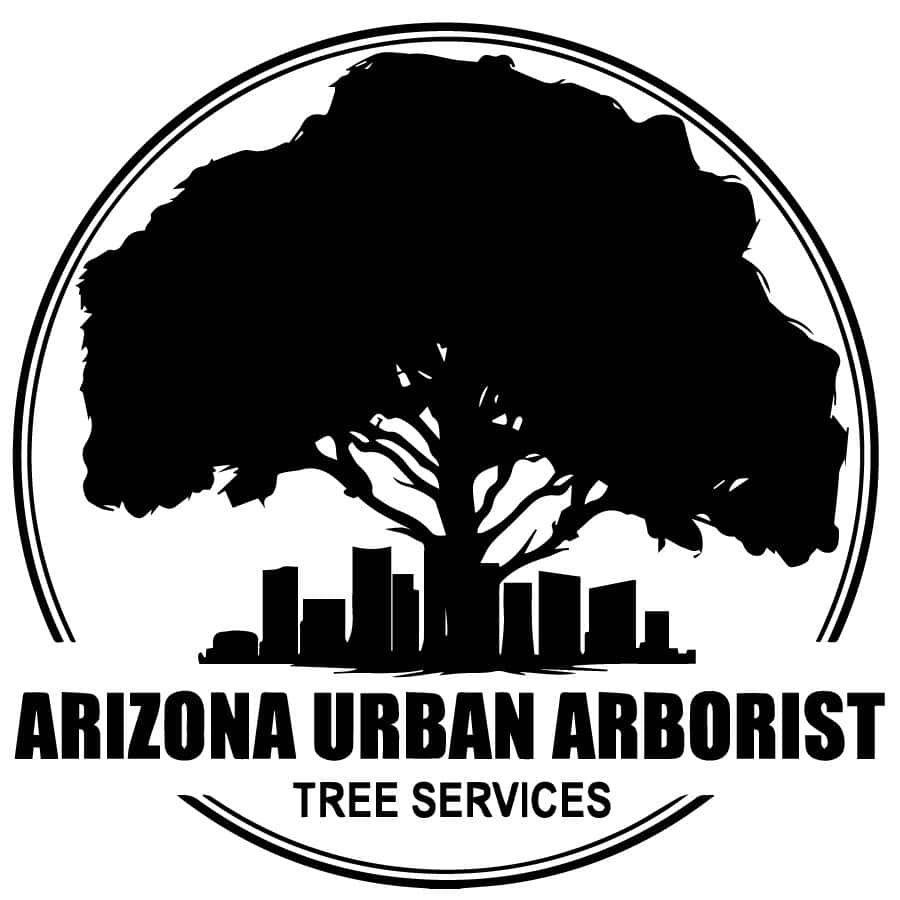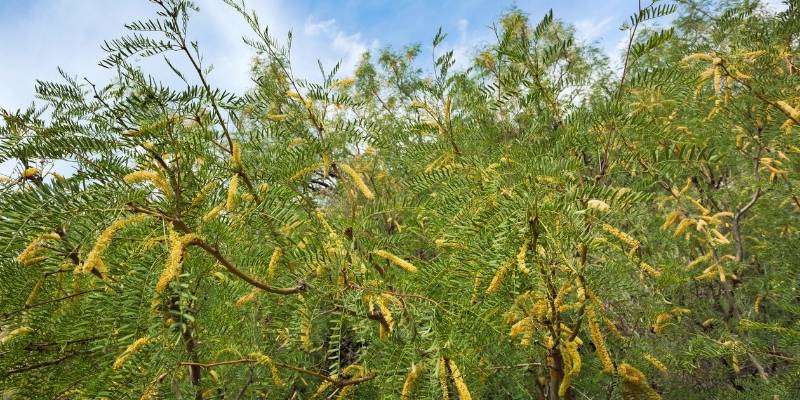Mesa, Arizona, is known for its warm climate, intense sun, and arid conditions. It is a low desert climate, characterized by extreme summer heat, mild winters, and low annual rainfall. While these factors can pose challenges for growing healthy crops and trees, with the right strategies, your landscape can flourish.
At Arizona Urban Arborists, we specialize in tree care and maintenance, ensuring that the plants and trees in your yard thrive despite the harsh desert environment.
If you are a homeowner looking to enhance your landscape or a business owner with a beautiful establishment, here are some essential tips for growing better crops and trees. This requires careful planning and adapting to the desert climate. Here are some key strategies to ensure healthy plant and tree growth in Mesa:
Soil Management
- Test Soil Quality: Conduct a soil test to determine pH levels and nutrient deficiencies. The soil in Arizona tends to be alkaline and can be compacted, making it crucial to improve its quality before planting.
- Improve Soil with Organic Matter: Add compost, mulch, or well-rotted manure to enhance soil structure and retain moisture.
- Use Raised Beds or Mounds: These improve drainage and reduce soil compaction.
Proper Irrigation Techniques
Water conservation is vital in the desert, and effective irrigation ensures your trees and crops get the hydration they need without waste.
- Drip Irrigation Systems: Provide slow, deep watering directly to the root zone, reducing water loss through evaporation.
- Water Early or Late: Watering in the morning or evening prevents rapid evaporation and helps plants absorb moisture efficiently.
- Deep, Infrequent Watering: Encourages deep root growth, making plants more drought-resistant.
- Mulching Around Plants: Using organic mulch around trees and crops reduces soil temperature, conserves moisture, and suppresses weeds.
Choosing the Right Crops and Trees For Mesa
Selecting drought-resistant and heat-tolerant plant varieties is essential for success in Mesa’s environment.
- Citrus Trees (Lemon, Orange, Lime): Thrive with proper irrigation and provide delicious fruit.
- Pomegranate Trees: Require minimal water once established and produce nutrient-rich fruit.
- Mesquite Trees: Excellent shade trees that adapt well to the desert environment.
- Palo Verde Trees: Low-maintenance and fast-growing, providing great shade.
- Olive Trees: Hardy and drought-resistant, perfect for ornamental or fruit-bearing purposes.
- Warm Season Crops (Spring-Summer): Tomatoes, peppers, melons, squash, and okra grow well in the heat.
- Cool Season Crops (Fall-Winter): Leafy greens, carrots, beets, radishes, and broccoli thrive in cooler months.
- Drought-Tolerant Herbs: Rosemary, mint, sage, lavender, and thyme require minimal water and grow well in Mesa’s climate.
Planting Timing
- Cool Season (Fall-Winter): Leafy greens, carrots, beets, broccoli, and peas thrive from October to March.
- Warm Season (Spring-Summer): Tomatoes, peppers, cucumbers, and melons do well when planted after the last frost.
Fertilization and Mulching
- Use Organic or Slow-Release Fertilizers: Avoid over-fertilizing, which can harm plants in extreme heat.
- Mulch Around Plants: Reduces soil temperature, conserves moisture, and suppresses weeds.
Tree and Plant Maintenance
Regular maintenance helps trees and crops withstand the desert’s extreme conditions and ensures continued growth.
Tree Pruning and Care
At Arizona Urban Arborists, we recommend proper tree trimming to maintain health and structure. Here’s why pruning is essential:
- Removes dead or diseased branches to prevent decay and pest infestations.
- Encourages airflow, reducing the risk of fungal diseases.
- Enhances tree shape and structure, preventing weak limb growth.
Crop and Garden Maintenance
- Monitor for Pests: Common desert pests like aphids, spider mites, termites and whiteflies can harm plants. Encourage beneficial insects like ladybugs for natural pest control.
- Shade Protection: Use shade cloths for young trees and crops to prevent sunburn during peak summer heat.
- Fertilization: Use slow-release fertilizers rich in nitrogen, phosphorus, and potassium to maintain soil fertility.
- Monitor for Diseases: Avoid overwatering to prevent fungal diseases, which are common in high humidity.
Creating a Microclimate for Success
Microclimates can improve plant survival rates by modifying the immediate environment around trees and crops.
- Windbreaks: Planting shrubs or installing barriers reduces the impact of strong desert winds.
- Companion Planting: Certain plants provide shade and moisture retention for neighboring crops.
- Strategic Planting: Position taller trees to shield smaller, more delicate plants from excessive sun exposure.
Sustainable Landscaping and Water Conservation
Sustainable landscaping techniques benefit both the environment and your garden’s longevity.
- Xeriscaping: Incorporate drought-resistant plants, such as succulents and native trees, to reduce water usage.
- Rainwater Harvesting: Collect rainwater for irrigation to supplement your water supply.
- Graywater Systems: Reuse household water for watering trees and plants responsibly.
Growing trees and crops in Mesa, Arizona, requires thoughtful planning and care, but with the right approach, your landscape can thrive. At Arizona Urban Arborists, we specialize in tree health and maintenance, offering expert trimming, pruning, and care services to help your trees withstand the harsh desert climate. Whether you’re maintaining a small backyard garden or managing a farm, implementing these techniques will ensure your plants flourish in the Arizona heat.
For expert tree care and maintenance in Mesa, contact Arizona Urban Arborists today. Let’s work together to create a greener, more vibrant desert landscape.






